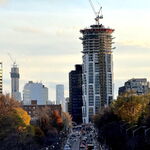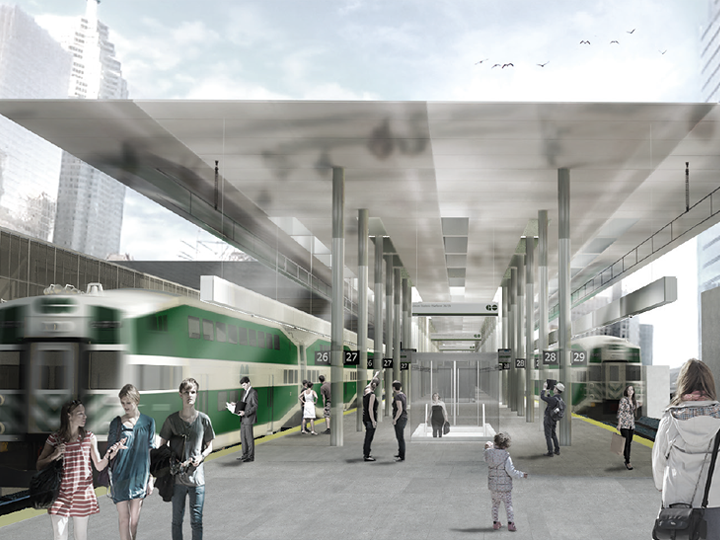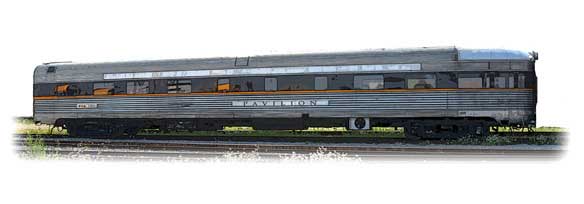Thank you for sharing this great European example of a passenger-centric rail hub, but I believe the most important difference between European rail hubs like Wien Hauptbahnhof and North American rail hubs like Toronto Union only becomes clear when you draw the attention at the width of the platforms and of the vertical access (stairs or escalators):
Source:
Urban Toronto article by Robert Mackenzie
We can laugh all we want about the archaic boarding practices on which VIA insists, but they are a direct consequence of the severe historic underinvestment in rail infrastructure on this continent. If we want passenger-centric boarding processes like across Europe, we'll have to heavily invest into passenger-centric infrastructure first...






